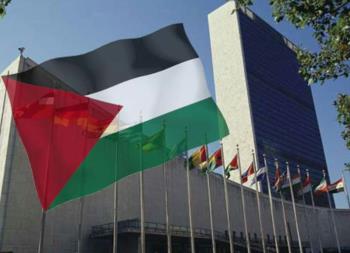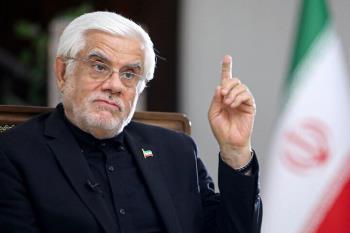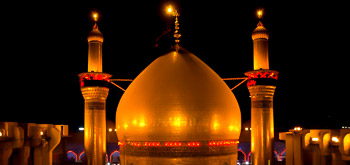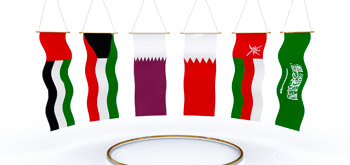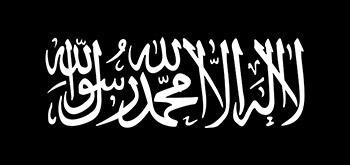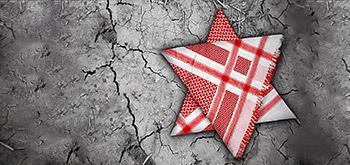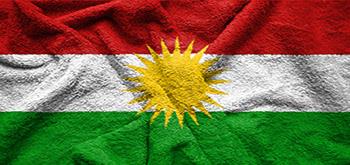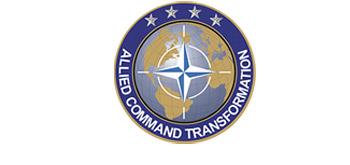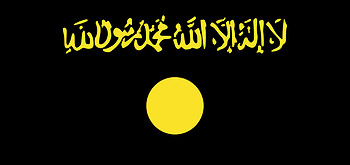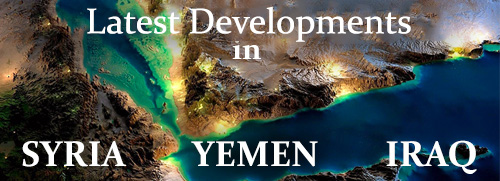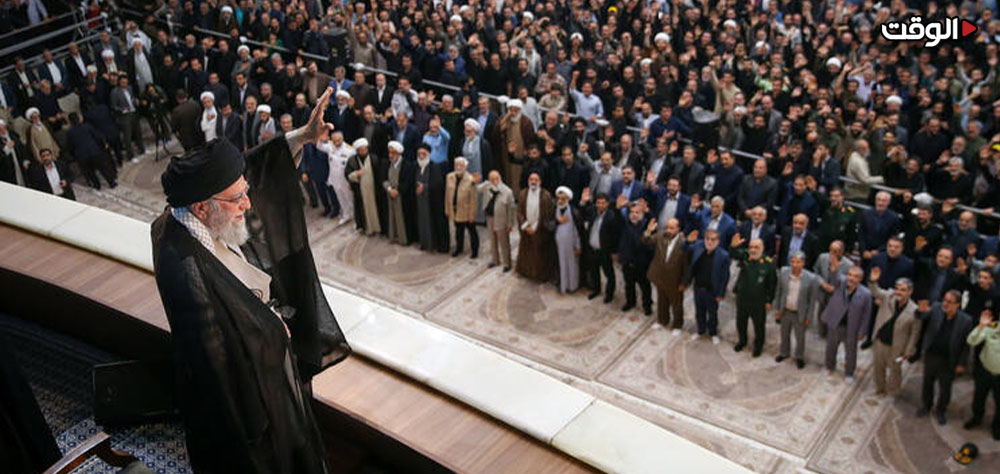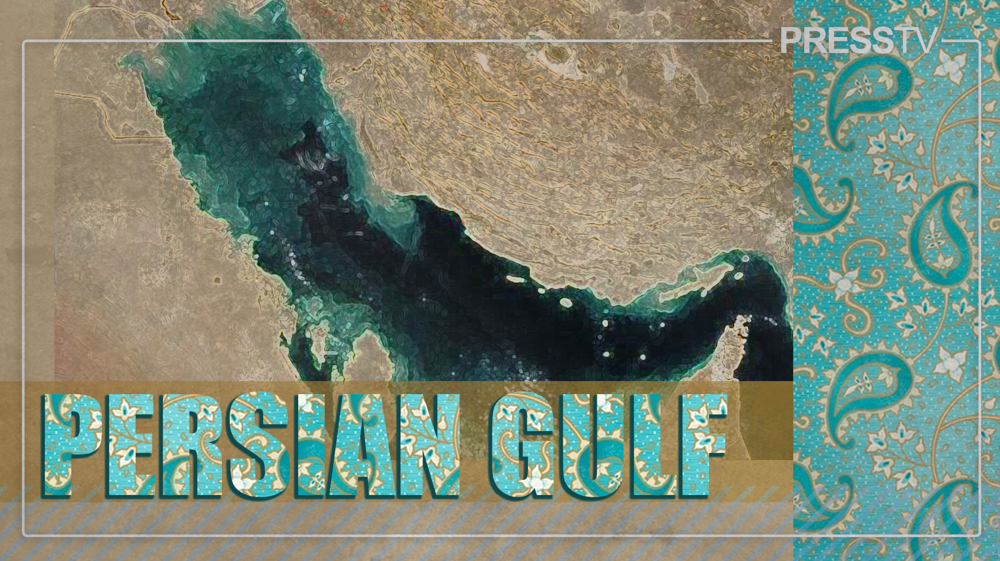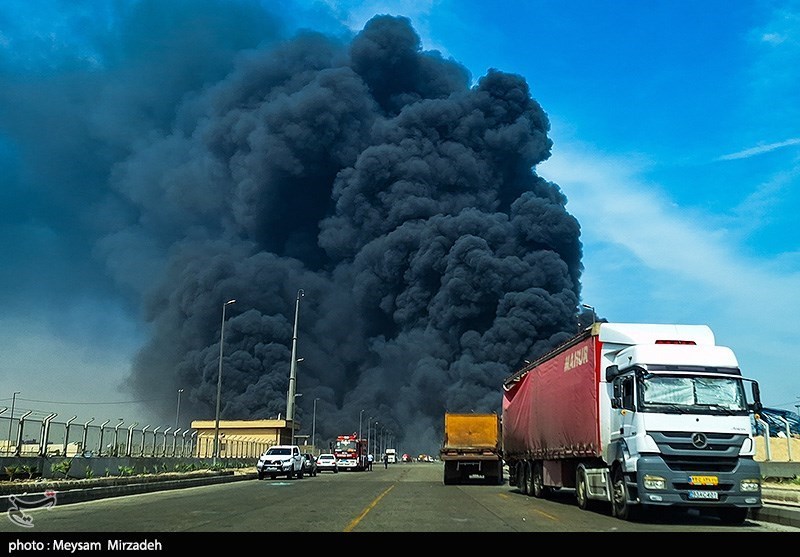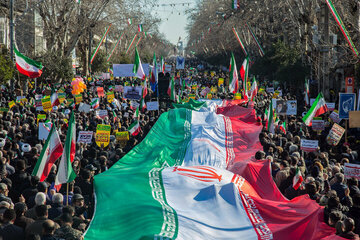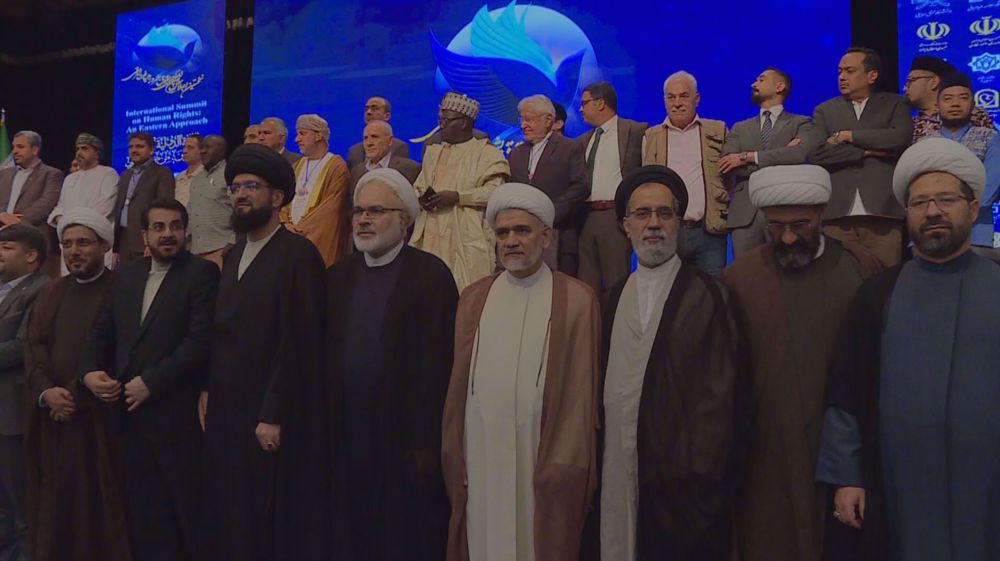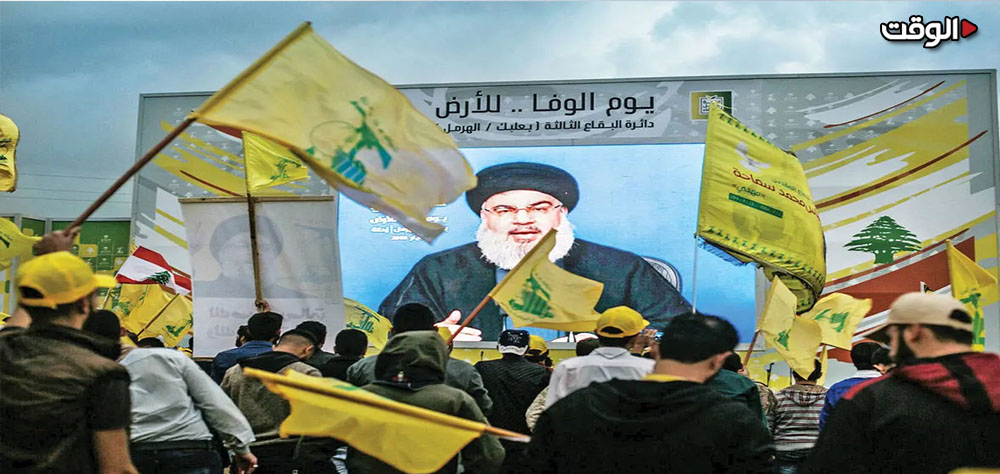Alwaght- In the senior American commanders’ viewpoint, the US President Barack Obama’s decision to withdraw forces from Iraq in 2011 was an utterly strategic mistake that have resulted in power vacuum and rise of the ISIS terrorist group. Expressing concern over repeating the mistake made in Iraq, Republicans as well as Democrats in the US Congress asked Obama to be more visionary in dealing with the Afghanistan case. They pointed to the threats posed by Taliban and other paramilitary groups, including ISIS. “The defeat in Kunduz was the result of an overly hasty draw down plan that could produce the same strategic outcome that we watched in Iraq after 2011,” said the Chairman of the US Senate Armed Services Committee, Senator John McCain.
Afghanistan is a country which has been experiencing a host of threats and security challenges since it was separated from Iran, which was arranged by Britain. The challenges Kabul has been facing ranged from the civil war and impoverishment to occupation and war with the former Soviet Union, and then with the US in the past 14 years. The US-led Western presence has not brought security for Afghanistan; rather it has caused the people in Afghanistan to suffer even more pains and plights. The insecurity has sustained since the US invasion of Afghanistan in 2001 and removal of the Taliban’s government from power, and withdrawal of US in 2014. And now the responsibility of continuation of the war is given to the Afghans to decrease the West's military staff fatalities in order to implement its plans across the region. When responsibility for the country's security was given to Afghan forces, and after Mullah Omar, the Taliban’s founder and leader, was announced dead, Taliban has stepped up its attacks, managing to capture Kunduz as its first victory since the US occupation of the country in 2001, while the American and Afghan officials had emphasized that the militant group was capable only for advancing in rural areas not in populous cities. However, the rise of the Taliban’s white flag over the buildings in the center of Kunduz after the capture has raised some questions about the Afghan security forces, which have been trained by the West and NATO for years, and are seemingly well equipped.
The fall of Kunduz, one of the major paths to Tajikistan, Afghanistan’s northern neighboring country and the gateway to the Central Asian region, was a big fillip to the Afghan government and its Western backers, and it could push the US-led Western forces to abandon the plan to withdraw entirely from Afghanistan until the end of 2016.
Meanwhile, ISIS activities, including fighter recruitment, in Afghanistan’s northern areas have caused the Taliban to perform within two different groups:
1. A group that tends to take ISIS-type steps, and tries to get closer to ISIS.
2. A group that is opposing ISIS in Afghanistan, saying that its position and base in the country could be undermined with the ISIS’ rise and growth.
Taliban has focused all of its activities, plans, and moves on re-empowering, as it was observed in attacking Kunduz and capturing it. Actually, the Taliban has taken into diverse dispositions after the death of its leader, Mullah Omar. Some of the group’s branches are in favor of dialogue and compromise with the government while others oppose that. Those who rejected peace with the government have defected from the group and rejected the new leadership. Though some of the conventional Taliban’s officials swore allegiance to Mullah Akhtar Mansour, the Taliban’s new leader, but they did so for some specific purposes and motives. Still upholding war and dispensation, the Taliban branches which are opposing peace plans with the country’s government are resolved to re-establish their own government in Afghanistan, and they are following up activities to actualize their objective. But, there are other branches of Taliban which seek to participate in the country's power structure, coordinate with the US and establish diplomatic contacts, to depict a nationalistic and religious figure, in order to hold dialogue with the government and secure positions in it.
Senator McCain and his peers are stuck in the past century and the Cold War’s atmospheres, seeking to settle all of the world’s problems and issues using the military and financial force. This is while the President Obama’s plans to pull out forces from Iraq and Afghanistan was an attempt to cut off military expenses and to decrease the death tolls among his military personnel, which had been one of the country's troubles.
Afghanistan’s issues are multidimensional (political, cultural, economic and security), and have nothing much to do with military weapons and training. Afghanistan is facing threats and limitations beyond its borders, and it is used as a buffer or a bargaining chip by other countries. On the other side, it is internally pinned up to a tribal structure. The sectarian, primitive and non-Islamic performance of most of puppet Afghan leaders is in conflict with the popular demands, Islamic principles, rule of law and social justice. After the revelation of Mullah Omar’s death, which was kept secret for two years to save the group’s spirits and keep them uplifted, and after several months of infightings, now Taliban’ attack of Kunduz is considered as a propaganda outburst to revive its power and a declaration of existence to re-engage in conflicts.
It is obvious that Taliban, the takfiri salafis and many of the terrorist groups across the West Asia are in contact with each other. Therefore Taliban is not willing to fall behind other groups, including ISIS. If any of Taliban’s branches takes power, it would make way for the other fellow branches. Both ISIS and Taliban are in a race to get a toehold in Afghanistan, specifically its northern areas. Certainly, the origin of the above-mentioned incidents and the extremist groups in Afghanistan are external. Seeking to partition the region’s countries, the US and Britain, after Iraq and Syria, are examining the portion of Afghanistan.

